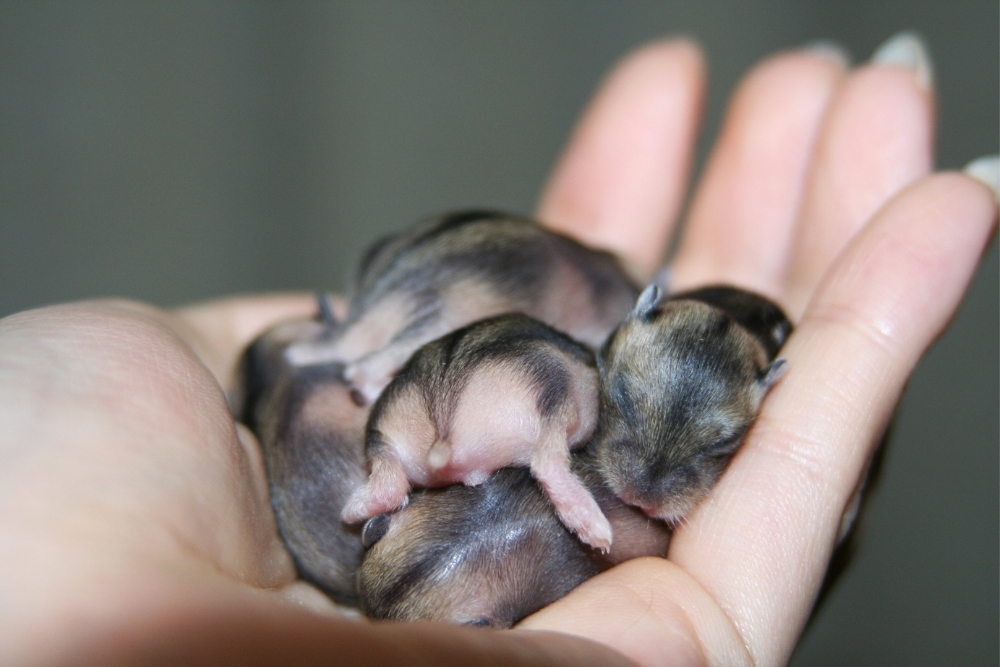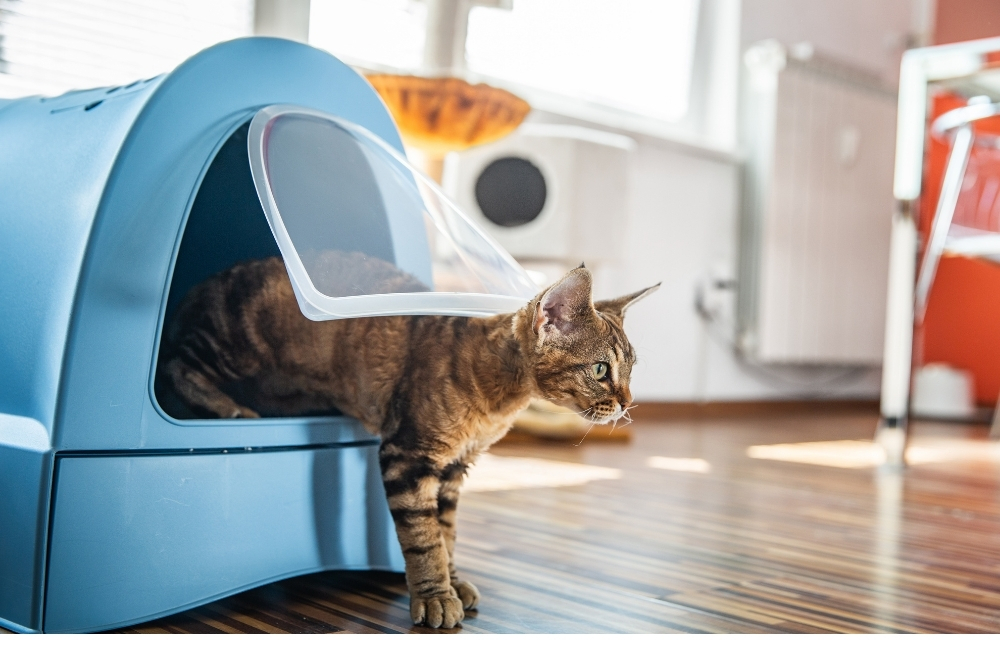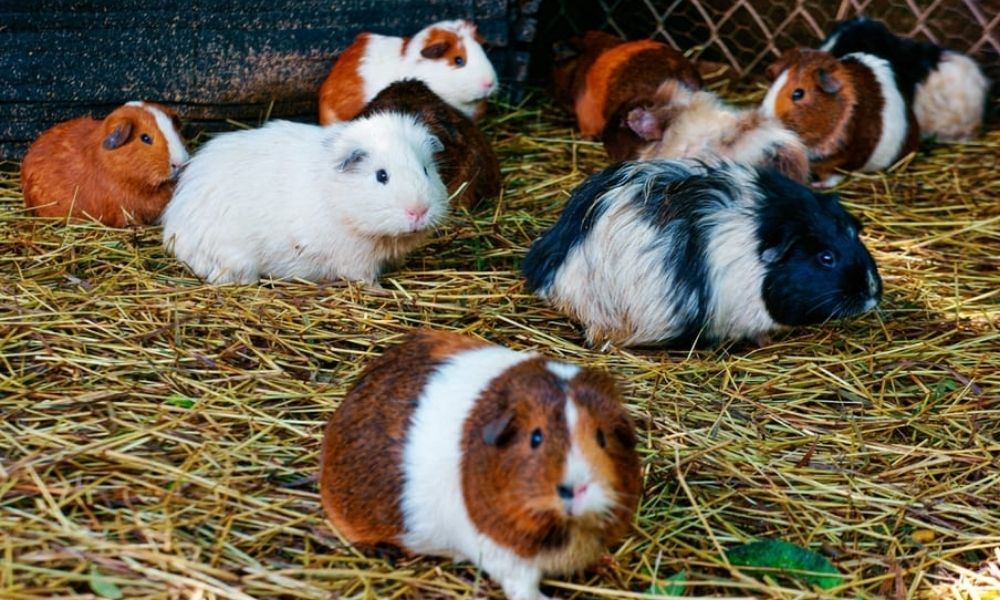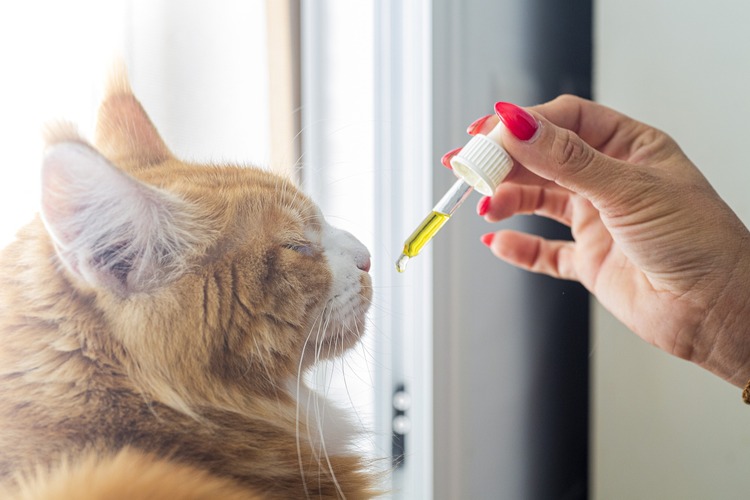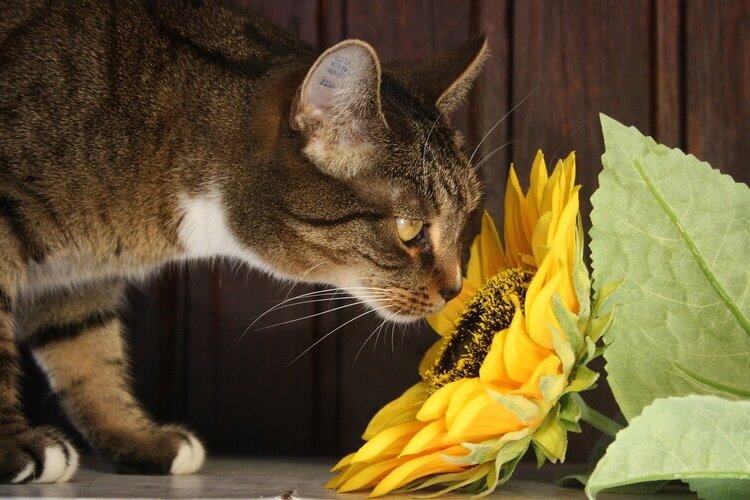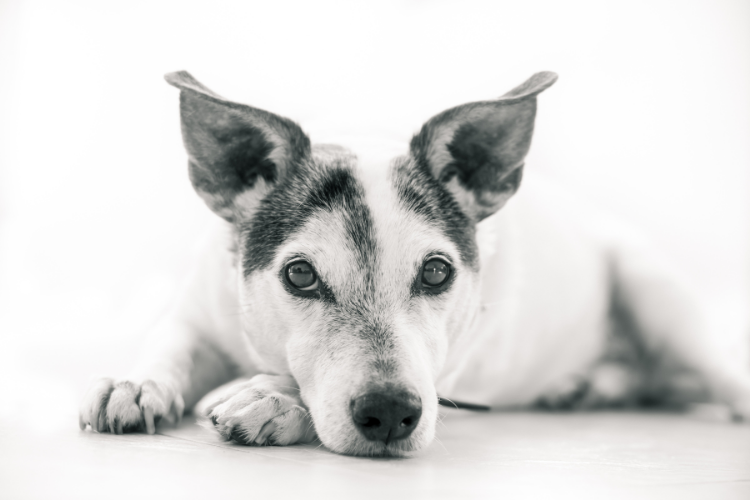When it comes to dogs, their pregnancies normally range from 57-65 days with an average of 63 days. Dog pregnancy lasts for 3 trimesters. Being able to tell if your dog is pregnant is important for a couple of reasons.
Having such information will help you plan for things like veterinary checkups, emergencies, and most exciting is knowing about the puppies. But how can you tell if your dog is pregnant?
How to Tell if Your Dog is Pregnant
1. Behavioral change
Dogs often display some unusual behavior when they are pregnant. Some become clingy and affectionate towards their owner than normal. On the other hand, other pregnant dogs prefer to be left alone and may even appear moody and depressed.
2. Reduction in physical activity
Just like some expectant women, pregnant dogs experience feelings of exhaustion as their hormones change. If your often energetic and playful dog seems to be slowing down, it could be a sign of pregnancy. You might also notice that your dog sleeps a lot, a way to conserve energy in order to deal with the physical and biological changes the body is undergoing.
3. Changes in appetite
Pregnant dogs also experience reduced appetite in the first few weeks of pregnancy, especially during the first two weeks of gestation. That shouldn’t worry you because it’s only temporary and after a while, they will be eating as usual.
4. Breast development
Once a pregnancy is in progress, milk glands begin to develop beneath the nipples, which also enlarge slightly in preparation for milk production and nursing. You can notice a bit of development in two to three weeks after breeding has occurred.
5. Change in nipple color
The normal nipple size of an unbred female dog is usually small and the area beneath them feels flat. The color of the nipple, particularly the last four to five before the hind legs, may start turning pinkish-gray. The nipples become flushed due to the increased blood flow to the area.
6. Weight gain and enlarged abdomen
Because of the new lives growing inside, the abdomen will begin to enlarge. This is one of the clearest indicators that your dog is pregnant, especially when you can’t find a clear reason for the sudden weight gain.
You will begin to notice the enlargement in the second trimester and will become larger in the third. On weight gain, one may notice the increase in weight, because she increases by 25% to 50% around day 40 of the gestation period.
7. Vaginal discharge
Often occurs during a dog’s pregnancy, typically it doesn’t show as an early sign because it happens in the fourth week of gestation. You should consult your vet if you see discharge before mid-pregnancy, especially if it’s:
- Mucus that has a bad smell
- Mucus tinged with blood
- Heavy bloody discharge
- Mucus that isn’t clear
The pregnant dog may have picked an infection during her heat cycle.
What are your roles if your dog is pregnant?
- Taking your dog to the veterinary right away to be sure it’s pregnant and be given appropriate check-ups.
- Ask your vet about appropriate nutrition and supplements.
- Make sure your dog gets moderate exercise which will help to stay toned and avoid becoming overweight.
- Create a comfortable place to rest as her belly grows.
- Give her ample time by keeping your home stress-free to the best of your ability.
- Prepare a nesting box she will use when she has to litter.
Whelping
Whelping is learning what to expect when your dog is giving birth to her puppies. As the pregnant dog is almost due to give birth, an owner should create a whelping checklist. The whelping checklist helps you to know what supplies the dog needs to provide.
Whelping checklist
- A newspaper to line the whelping box during delivery for an easy cleanup
- Non-skid bath mats that are known as whelping mats for bedding after your dog has given birth.
- Dry, soft, and clean towels to clean the puppies.
- Paper towels to help with clean up.
- Digital thermometer to check your dog’s temperature.
- Unwaxed dental floss to tie off the umbilical cords
- Medical scissors to cut the umbilical cords.
- A hot water bottle to keep the puppies warm (the water shouldn’t be too hot)
- Iodine to clean the puppies’ abdomen after the cord is cut and press on the end of the cut umbilical cord.
- A baby scale to measure your puppies’ weight from the first day to see if they are gaining weight.
- Have a veterinarian’s phone number and the number of a nearby emergency clinic in case of any complications.
RELATED: 7 Ways to Tell if Your Dog is Sick (What You Should Do)
It’s best if you educate yourself about other related signs to look out for during your dog’s gestation period in order to provide the best care. If you don’t know anything it’s best if you consult your vet.


